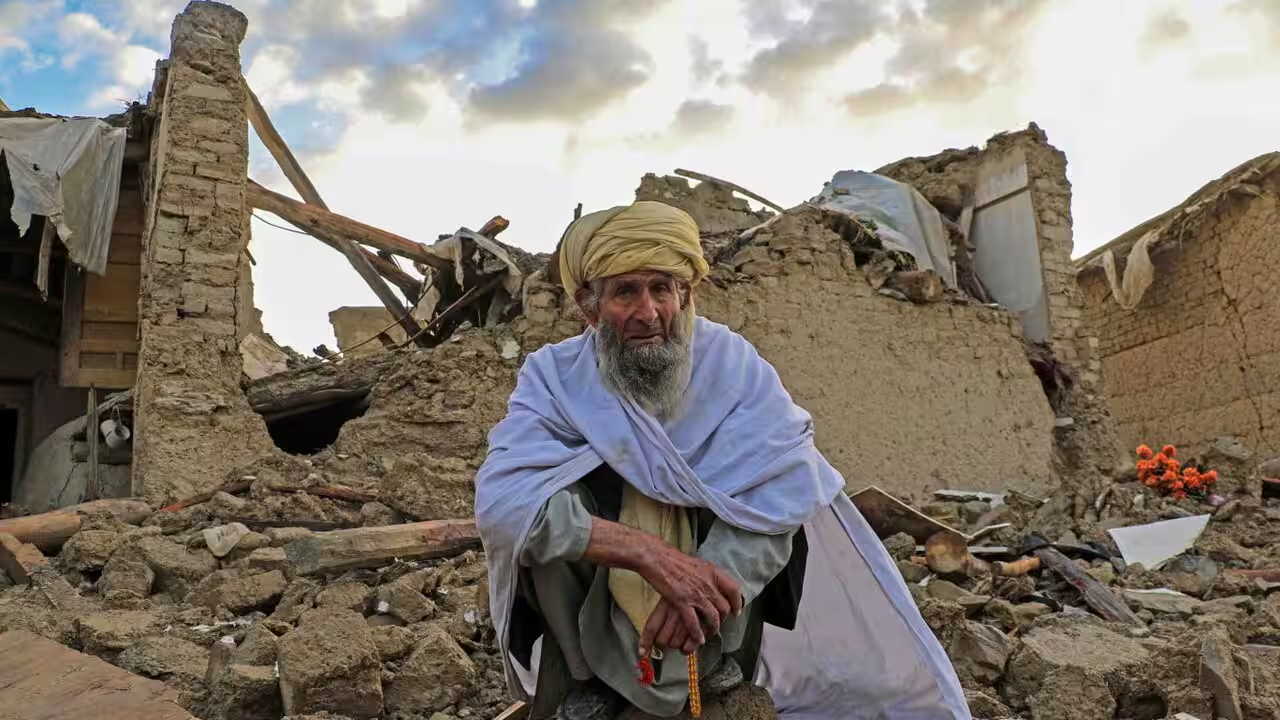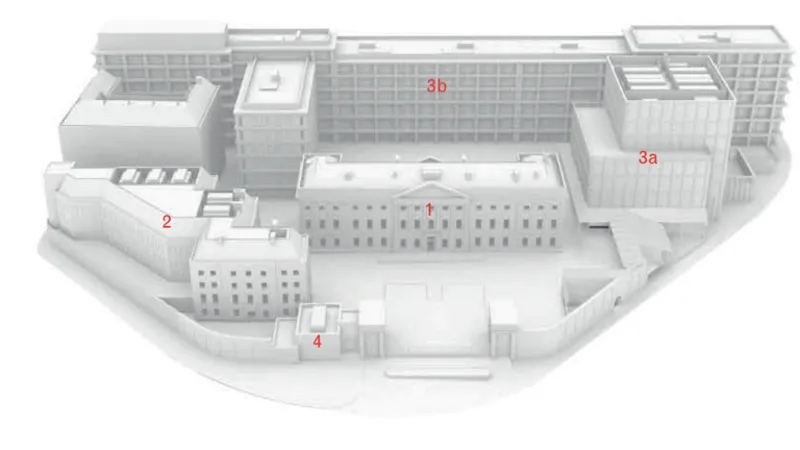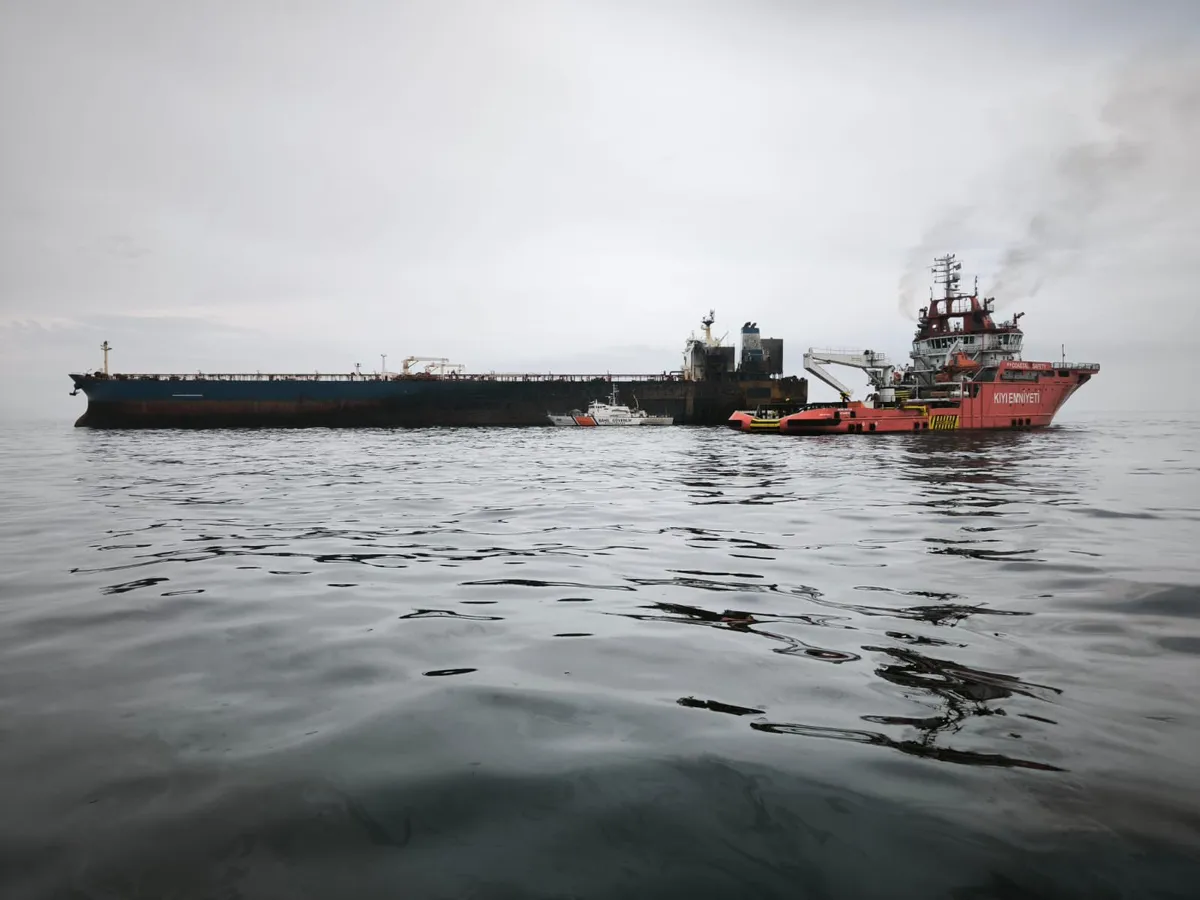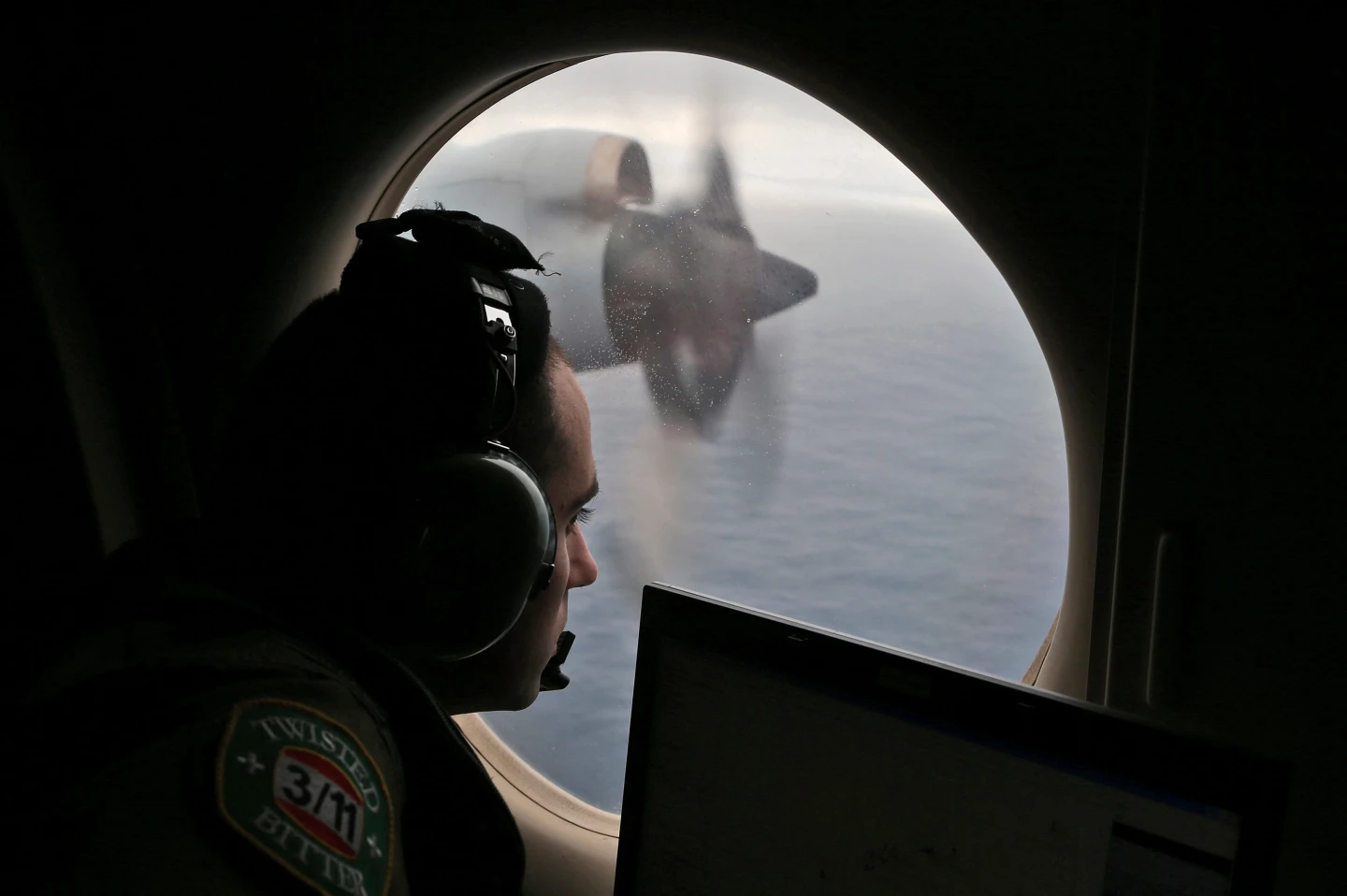September 1, 2025
A powerful earthquake struck eastern Afghanistan late Sunday, leaving widespread devastation in its wake. The quake, measured at magnitude 6.0, hit near Jalalabad in Nangarhar Province at a shallow depth, amplifying its destructive force across vulnerable mountain villages.
Rising Death Toll
Taliban authorities have confirmed that more than 800 people have lost their lives, while over 2,500 others are reported injured. Officials warned that the number of casualties is likely to rise as rescue teams gain access to remote areas cut off by landslides and collapsed roads. Some reports suggest the toll could already be higher, with thousands more affected.
Entire families are feared to be trapped beneath the rubble of mud-brick homes that crumbled instantly during the tremor. Survivors in districts such as Nurgal, Watpur, Soki, and Manogi described scenes of total ruin. One resident said, “Children are under the rubble. The elderly are under the rubble. We need urgent help.”
Rescue Operations Under Strain
The mountainous terrain and poor infrastructure have made relief efforts extremely challenging. Roads blocked by landslides have left many villages inaccessible, forcing rescuers to rely on helicopters to airlift the injured to hospitals. Local health facilities are overwhelmed, with doctors pleading for blood donations and emergency supplies.
Taliban officials have mobilized security forces and volunteers to assist, but the scale of destruction has prompted urgent appeals for international aid. Relief agencies are warning of a worsening humanitarian crisis if food, shelter, and medical support are not delivered quickly.
Humanitarian Challenges
The disaster comes at a time when Afghanistan is already battling severe economic hardship, drought, and the return of thousands of refugees. Since the Taliban takeover in 2021, international aid has significantly declined, leaving the country ill-equipped to cope with natural disasters of this scale. Humanitarian groups say the quake could push already struggling communities into deeper crisis.
A Nation on a Seismic Fault Line
Afghanistan sits on a major tectonic boundary and is prone to frequent and destructive earthquakes. The Hindu Kush region, in particular, has long been identified as one of the most seismically active zones in the world. The shallow depth of this quake intensified its impact, bringing down homes and schools within seconds.
What Lies Ahead
Officials caution that the coming days are critical as rescuers race to reach remote communities. With thousands of people left homeless and essential infrastructure destroyed, the risk of disease outbreaks and food shortages is rising. International support will likely be key in preventing the disaster from escalating into an even larger humanitarian emergency.
















Leave a Reply